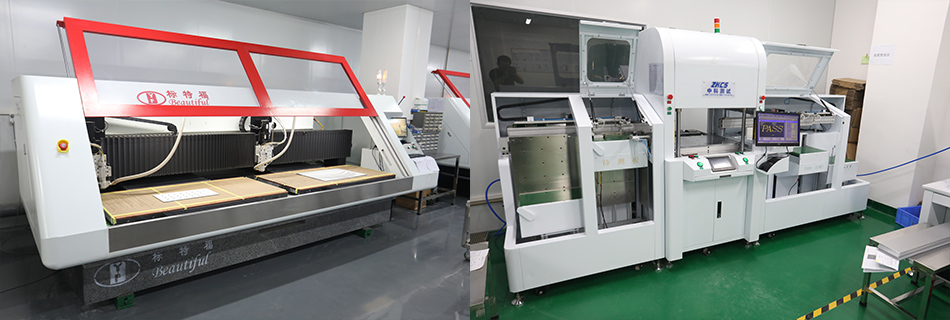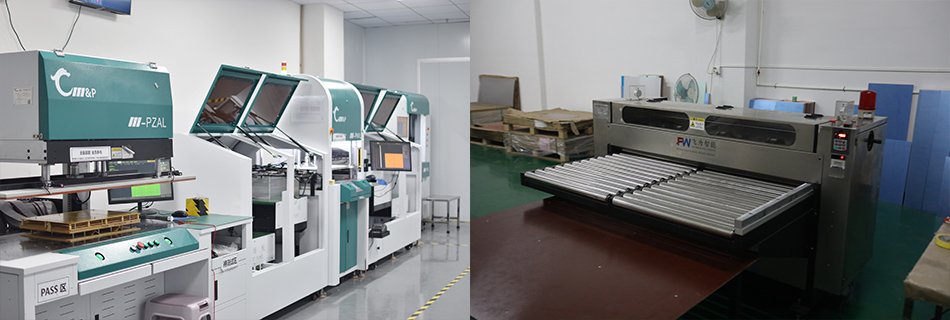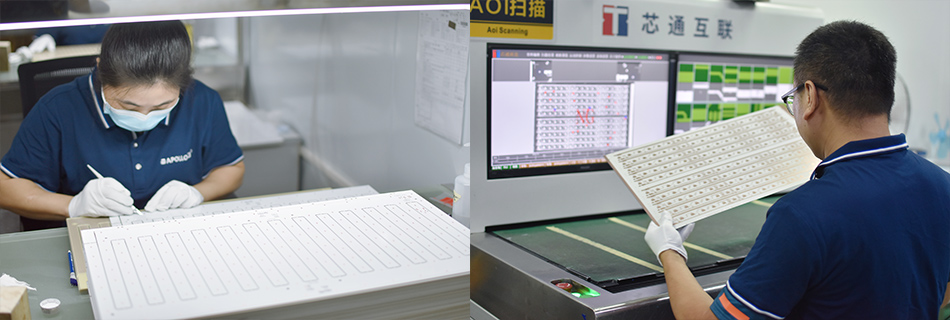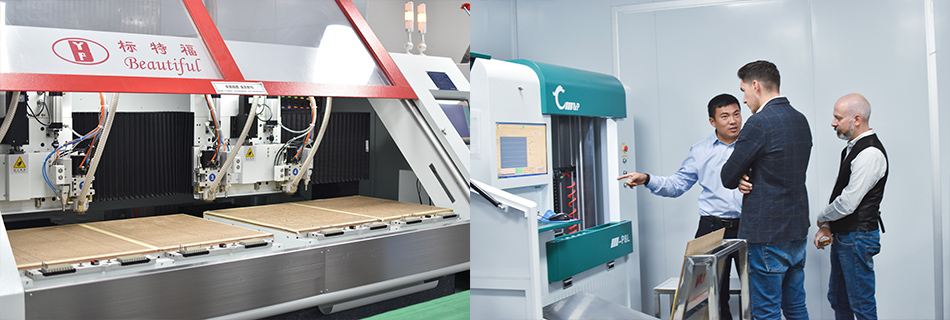-
- PCB TYPE
- PRINTED CIRCUIT BOARD PROTOTYPE ALUMINUM PRINTED CIRCUIT BOARD R&F PCB FPC HIGH FREQUENCY PCB HIGH-TG PCB HEAVY COPPER PCB HDI PCB PCB FOR LIGHTING METAL CORE PCB
time:Oct 08. 2025, 17:18:39
Explore the revolutionary world of high layer count ceramics, their manufacturing processes, and diverse applications in industries like electronics, aerospace, and medical devices.
In the world of ceramic manufacturing, the quest for advanced materials that can withstand high temperatures and harsh environments is never-ending. High layer count ceramics have emerged as a groundbreaking solution in this field, offering remarkable benefits and applications. This article will delve into the fascinating world of high layer count ceramics, exploring their manufacturing processes, materials, and potential applications.
High layer count ceramics refer to ceramic materials composed of multiple thin layers stacked together. This unique structure enhances the material's mechanical properties, thermal stability, and electrical insulation. These ceramics are especially valuable in industries where extreme conditions demand materials that can endure stress and maintain integrity.
The primary advantage of high layer count ceramics lies in their ability to improve performance without significantly increasing weight or volume. Each layer can be engineered to perform specific functions, allowing for customization based on the intended application. This adaptability makes high layer count ceramics suitable for various industries, from electronics to aerospace.

The manufacturing of high layer count ceramics involves several key steps, each crucial to achieving the desired properties and performance.
Choosing the right ceramic materials is the foundation of producing high-quality ceramics. Common materials used include alumina, zirconia, and silicon carbide. These materials are selected for their exceptional strength, thermal resistance, and electrical insulation properties.
The layering process is a critical stage in manufacturing high layer count ceramics. Advanced techniques such as tape casting, screen printing, and chemical vapor deposition are employed to create thin, uniform layers. Each layer is meticulously applied and bonded to ensure structural integrity and performance.
Sintering is the process of compacting and forming the ceramic layers at high temperatures. This step enhances the material's density and strength, ensuring the layers are firmly bonded together. The sintering process plays a crucial role in determining the final properties of the ceramic.
Throughout the manufacturing process, rigorous quality control measures are in place to ensure the ceramics meet industry standards. This includes testing for mechanical strength, thermal stability, and electrical properties. High-quality control ensures that the final product is reliable and performs as expected in demanding environments.

High layer count ceramics have found applications in various industries, thanks to their unique properties and versatility.
In the electronics industry, high layer count ceramics are used in the production of multilayer capacitors, sensors, and circuit boards. Their excellent electrical insulation and thermal stability make them ideal for these applications, ensuring reliable performance even in harsh conditions.
by Taylor Heery (https://unsplash.com/@taylorheeryphoto)
The aerospace industry benefits greatly from high layer count ceramics due to their lightweight and high-temperature resistance. These ceramics are used in components such as turbine blades, heat shields, and structural elements, contributing to improved fuel efficiency and safety in aircraft and spacecraft.
In the medical field, high layer count ceramics are employed in implantable devices and diagnostic equipment. Their biocompatibility and durability make them suitable for long-term use in the human body, enhancing the reliability of medical devices.
The energy sector utilizes high layer count ceramics in applications such as fuel cells and high-temperature sensors. These ceramics can withstand the demanding conditions of energy generation and distribution, ensuring efficient and reliable operation.

High layer count ceramics offer numerous advantages over traditional materials, making them a preferred choice in many applications.
The layered structure of these ceramics allows for customization to meet specific performance requirements. This results in improved mechanical strength, thermal resistance, and electrical insulation compared to conventional ceramics.
High layer count ceramics can be tailored to suit various applications, from microelectronics to large-scale industrial components. This versatility makes them a valuable asset in multiple industries.
While the initial manufacturing costs may be higher, the long-term benefits of high layer count ceramics often outweigh the expenses. Their durability and reliability reduce the need for frequent replacements and maintenance, leading to cost savings over time.

Despite their advantages, the production and application of high layer count ceramics present certain challenges that researchers and manufacturers are working to address.
The intricate manufacturing process requires precision and expertise, which can increase production time and costs. However, ongoing advancements in manufacturing techniques are expected to streamline processes and reduce expenses.
While high layer count ceramics offer exceptional properties, finding the right combination of materials for specific applications can be challenging. Continued research and development are essential to expand the range of materials and applications.
The future of high layer count ceramics looks promising, with ongoing research focused on enhancing their properties and expanding their applications. Innovations in material science and manufacturing techniques will likely lead to even more advanced ceramics, further revolutionizing industries reliant on these materials.
High layer count ceramics are transforming the landscape of ceramic manufacturing, offering enhanced performance, versatility, and cost-effectiveness. As industries continue to demand materials that can withstand extreme conditions, the role of high layer count ceramics is set to grow. With ongoing research and development, these ceramics are poised to play a crucial role in the future of technology and industry, driving innovation and progress across multiple sectors.

Got project ready to assembly? Contact us: info@apollopcb.com



We're not around but we still want to hear from you! Leave us a note:

Leave Message to APOLLOPCB
